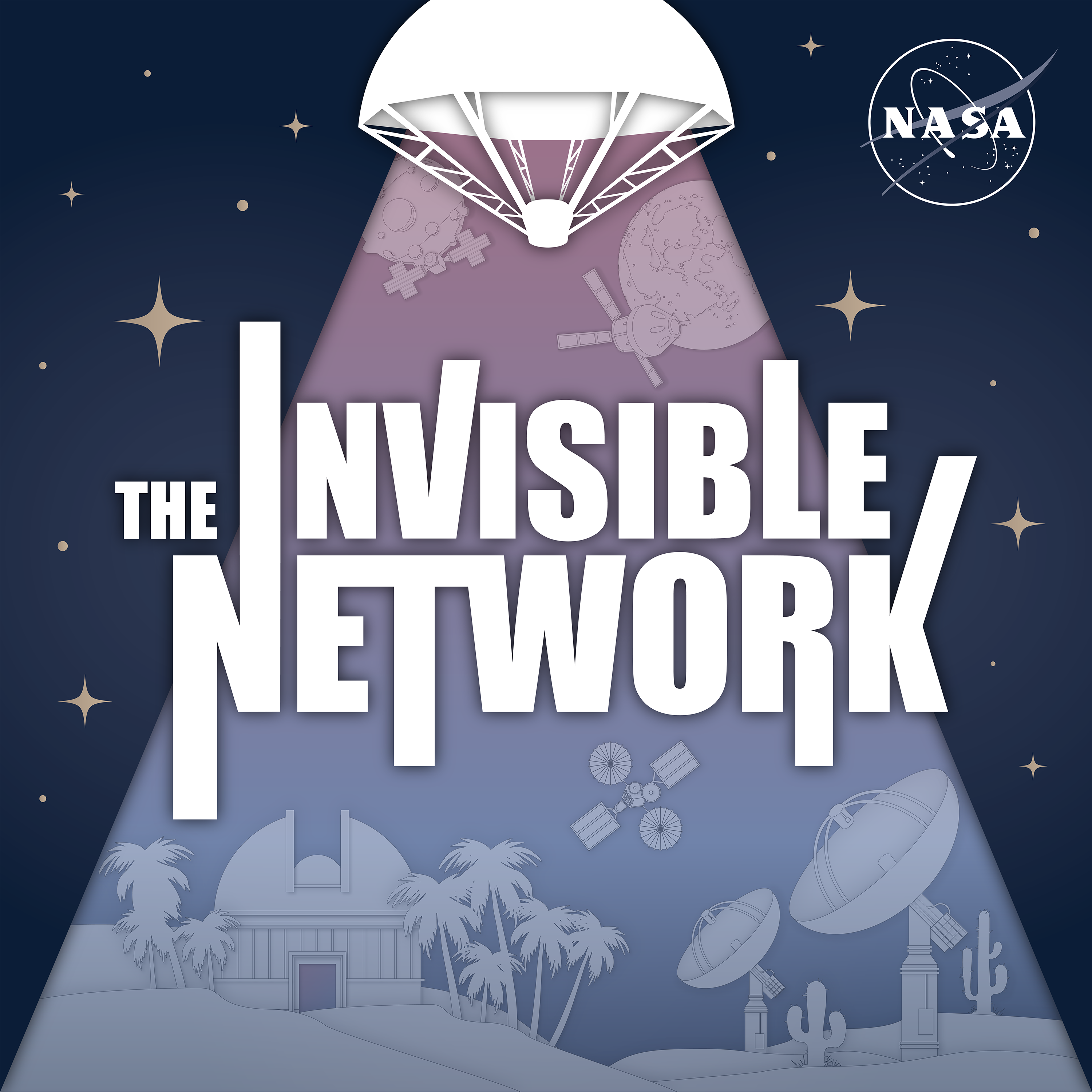The technologies that allow NASA to talk to and navigate spacecraft are often overlooked — perhaps because they work so well. Join us as we shine a light on the invisible networks that power space science and exploration.

The technologies that allow NASA to talk to and navigate spacecraft are often overlooked — perhaps because they work so well. Join us as we shine a light on the invisible networks that power space science and exploration.
CubeSats are small satellites, some weighing as little as 3 pounds. They provide opportunities for small-scale research in space, and an avenue for young scientists — some as young as middle school-aged — to see their curiosity take literal flight.
The technologies that fuel NASA's exploration don't just stay in space. They benefit humanity in everyday life — sometimes in surprising ways, like how a NASA communications engineer helped create a system that freezes bone marrow.
In the telephone switchboard’s earliest days, the late 1800s, operators served a limited number of customers within their own communities. As telephone use expanded, automation helped switchboards keep up. NASA is working on a similar approach, infusing its satellite networks with a sort of artificial intelligence.
Whether you're relying on the careful observations of 1950s amateur astronomers and backyard telescopes or state-of-the-art GPS tracking and navigation technology: knowing where you are in space means needing to know what time it is.